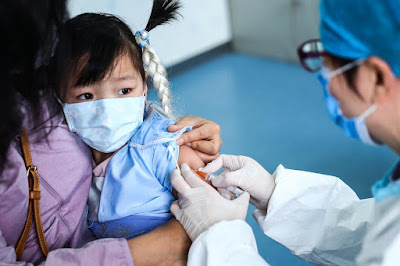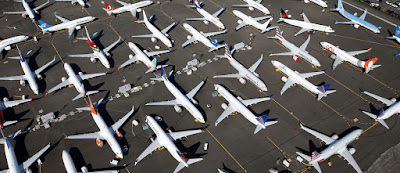Irrespective of numbers, many countries plan to
slacken the lockdown in June. After ten weeks of confinement, millions will
begin jogging, hugging (privately), shopping, attending schools, going to
offices, flying. The epidemic is global, but the medical risk is individual.
Our actions, or inactions, must be dictated by our individual risk. This
article explains the factors that influence the risk. Tomorrow, I will give a
mathematical formula.
We must first distinguish between (a) the risk of
getting infected and (b) the risk of dying. The second event is contingent on
the first. One cannot die of Covid-19 without getting infected. The best
strategy to lower the risk is of course to not get infected. But if you are
locked down in New York, London or Mumbai, that is nearly impossible. One piece
of advice I w0uld offer to the super-rich afraid of Covid-19 is to buy quality protective
gear, fly to Vietnam, Bhutan or Mongolia, and settle there till the pandemic
ends. (Immunity immigration visa?) Syria's infections are few as well, but the survival
rate in general can be low there.
Significant data is now available from China, USA and
the UK. Six key factors define your individual risk. (a) Age (b) Sex (c) Race
(d) Health conditions (e) Location (f) Profession.
Age: For those below 45, with no health condition, the
risk is almost non-existent. After 65 the risk starts growing, after 80 it is
significant, and after 90, very high. Declining immunity in old age contributes
to this risk graph. This doesn’t mean every 80+ is in danger. Healthy 100 year olds can survive this infection, and indeed have.
Sex: Men are far more vulnerable. In China, the risk of
men dying as compared to women is 1.65 times, in New York, 1.77 times. In
general, women have a longer life expectancy. (It is said men are more
fortunate than women. They marry later and die earlier).
Race: I was reluctant to include this. But in the USA and
UK, the death of blacks is disproportionately larger to whites.
Health
conditions (Comorbidities): A
super-important factor. Heart disease, diabetes, asthma, high blood pressure,
cancer all add to vulnerability. For a patient with two or three conditions, the
risk skyrockets. UK scientists have added obesity to this list.
Location
(post code): Location was initially important for your
government’s strategy. In a complete lockdown, the risk of getting infected was
1 out of 100,000. Under mitigation strategy (testing/tracing/isolation), it was
1 in 10. In ‘do nothing’ strategy, it
is about 8/10. Lockdown fatigue may convert
communities to ‘do nothing’. Zip Code
11369 in Queens, NYC has half its population officially infected. Newham and
Brent in London have suffered the maximum deaths in the UK. Mumbai, my home
town, is a hot spot.
Profession: Will you work online or offline? If offline, how
many co-workers and customers you will come in contact with? The risk score of workers
in care homes and hospitals rises dramatically.
Based on these factors, tomorrow’s article will offer
a formula to calculate our individual risk score. Our strategy and behavior should
be based on that score.
Ravi









